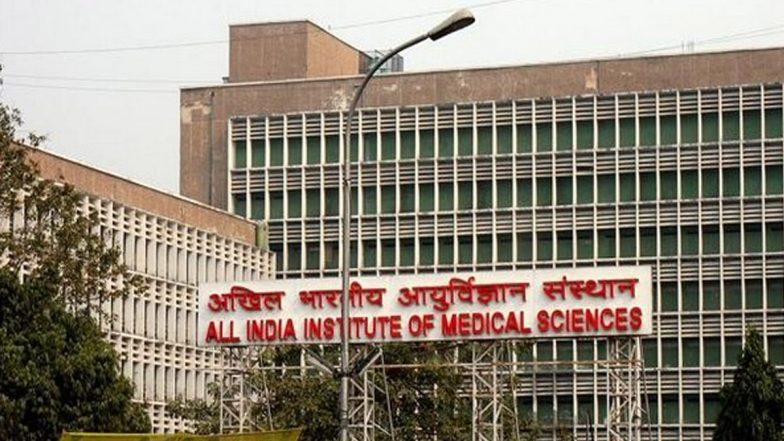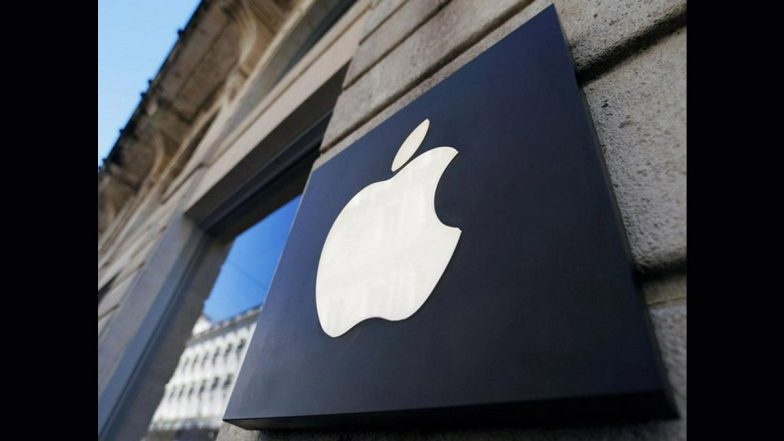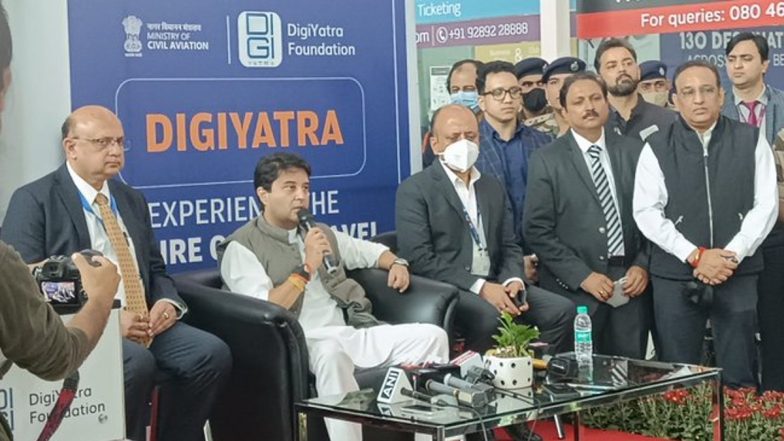“Data Centres are an important element of our digital ecosystem that is soon going to be the best in the world” – MoS for Electronics & IT Rajeev Chandrasekhar.
India is all set to become the world’s Cloud computing & Data Centre Hub! On Thursday, December 8, the Ministry of Electronics and IT shared that the size of India’s digital economy is estimated to grow from $200 billion in 2017-18 to a staggering $1 trillion by 2025.
The Indian economy has taken over the UK’s, making it the 5th largest in the world. It is witnessing a transition from an emerging to a developed market economy. Digital India has a key role and is slated to play a key role in this journey. India Will Soon Be A Major Global Power, Says Senior US Diplomat Kurt Campbell.
Most recently, with over a billion mobile phones and more than 700 million internet subscribers, India has also witnessed exponential growth in digital commerce, digital entertainment and the use of social media. Furthermore, India’s mobile data consumption is already the highest in the world and is constantly increasing.
Cloud computing & Data Centre
With the growth of digital population in India, there comes a need of strong data centres. A Data Centre is a dedicated secure space within a centralized location where computing and networking equipment is concentrated for the purpose of collecting, storing, processing, distributing or allowing access to large amounts of data.
India is committed to building digital economy and a global data centre hub. It is marching ahead with technology and in recent years, it has seen a great shift from traditional forms to the digital platform. From e-payment to digital university, from roads to Krishi platforms, the shift is evident. Further, the government is also focusing on creating a digital skill ecosystem as per the industry demand.
For the agriculture and food processing sector, the Budget of 2022 mentioned the delivery of digital and hi-tech services to farmers in PPP mode; in the education sector, the creation of a digital university, and launch of Digital Ecosystem for Skilling and Livelihood (DESH-Stack e-portal) to promote online training; in the health sector, rolling out of National Digital Health Ecosystem.
Furthermore, Scheduled Commercial Banks will set up 75 Digital Banking Units in 75 districts, 100% of post offices will come on the core banking system, and more. Moreover, the Budget also proposed that the Data Centres (along with Energy Storage Systems) would be included in the harmonized list of infrastructure.
Currently, as per various estimates, India has around 499 MW installed power capacity for Data Centres, which is projected to grow to 1007 MW by 2023.
In this backdrop, the Ministry of Electronics & Information Technology proposed a draft Data Centre Policy in 2020 with the vision of – making India a Global Data Centre hub, promoting investment in the sector, propelling digital economy growth, enabling the provisioning of trusted hosting infrastructure, and facilitating state of the art service delivery to citizens.
Share of Data Centres Among Other Economies
According to CloudScene data of 110 countries with available information, as of January 2021 there were nearly
8,000 data centres globally. Among these countries, six house a majority of data centres: United States (33% of total), UK (5.7%), Germany (5.5%), China (5.2%), Canada (3.3%), Netherlands (3.4%).
Further, about 77% of the data centres are located in Organisation for Economic Co-operation and Development (OECD) member states, and approximately 64% are in North Atlantic Treaty Organization (NATO) countries. Cloud Adoption Can Add $380 Billion to India’s GDP, Create 14 Million Jobs: Nasscom.
What Digital Economy Offers to Youth?
Digital economy is a collective term for all economic transactions that occur on the internet. It focuses on digital technologies – based on digital and computing technologies. A digital economy to the youth means business opportunities, employment, enhancement of public services, rapid rise of e-commerce, advanced and improved facilities (health, education, etc.) and more.
It is also enhances a transparent governance in the form of e-governance and paves way for faster and quicker delivery and redressal of services and government processes.
(The above story first appeared on Morning Tidings on Dec 09, 2022 03:28 PM IST. For more news and updates on politics, world, sports, entertainment and lifestyle, log on to our website morningtidings.com).









